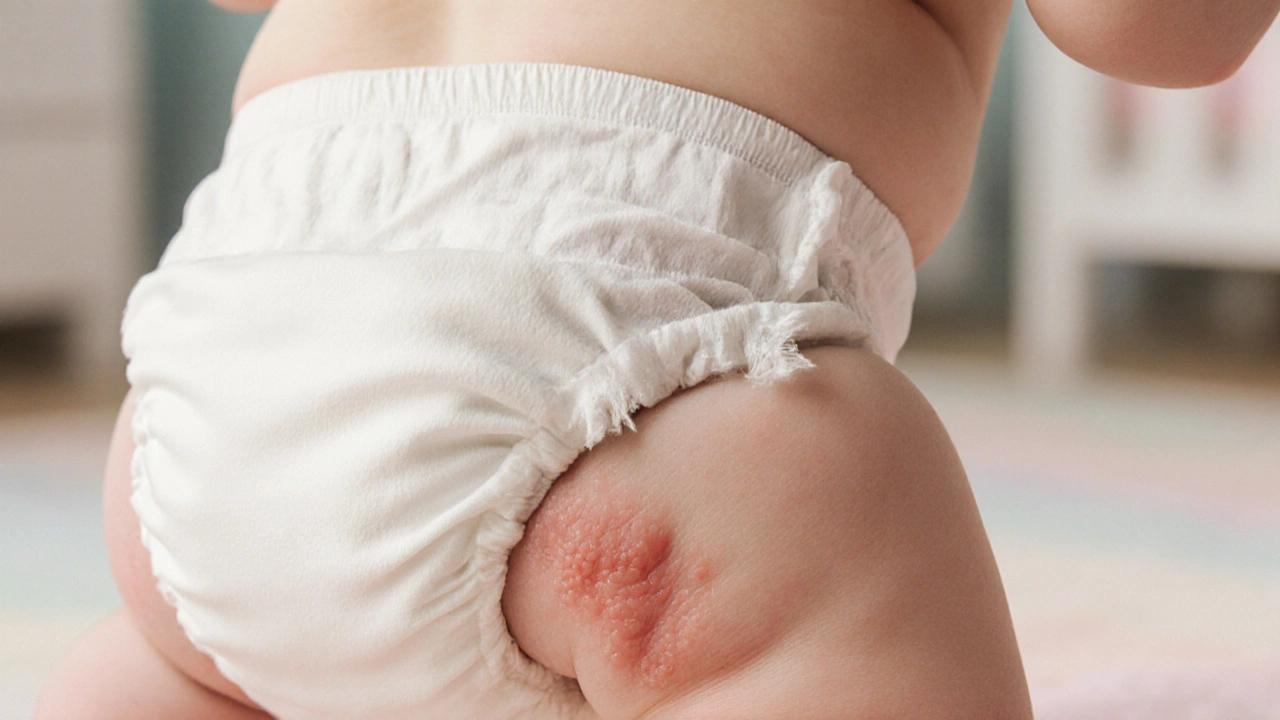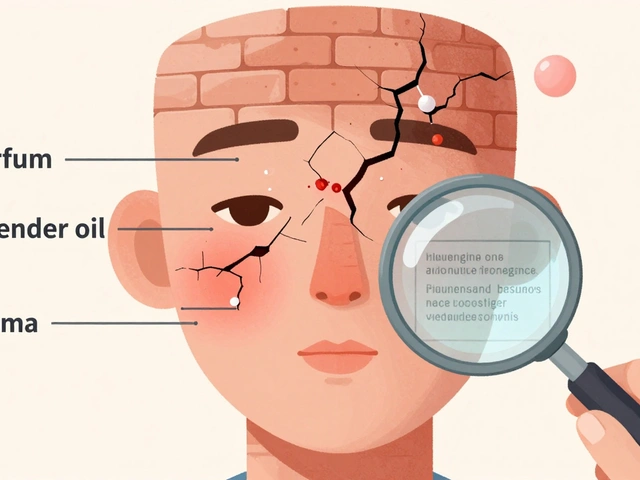Friction Diaper Rash: Causes, Relief, and What Works Best
When your baby gets a red, sore rash in the diaper area, it’s easy to assume it’s just from wetness or poop. But friction diaper rash, a type of skin irritation caused by rubbing against the diaper material or skin folds. Also known as chafing rash, it happens when skin rubs against skin or fabric—especially in the thighs, buttocks, and genital area—while the skin is already damp or sensitive. This isn’t the same as a yeast infection or allergic reaction. It’s mechanical. Like a blister from new shoes, but on a baby’s delicate skin.
Diaper materials, how tight the diaper fits, and even how often you change it play a big role. A diaper that’s too snug? That’s friction. Wiping too hard during changes? That’s friction. Baby moving around a lot in a wet diaper? That’s friction too. Even the texture of the diaper’s inner lining can make a difference. Some brands use softer fabrics than others, and not all parents know to check for that. And if your baby has sensitive skin or eczema, even mild rubbing can trigger a full-blown rash. This is why just using more cream won’t always fix it—you need to stop the rubbing first.
What helps? Loose-fitting diapers, breathable cotton liners, and changing more often—not just when it’s full, but when it’s damp. Letting skin air out for 10 minutes between changes makes a real difference. Avoid wipes with alcohol or fragrance—they dry out skin and make it more prone to damage. And while zinc oxide cream is great for barrier protection, it won’t help if the rubbing keeps happening. You’re treating the symptom, not the cause.
Some parents notice this rash shows up right after switching diaper brands. Others see it when their baby starts crawling or rolling more. That’s not coincidence. Movement increases contact and pressure. Even a slightly larger baby can create more skin-to-skin friction in the thigh creases. And if your baby is on antibiotics or has diarrhea, the skin is already irritated—rubbing turns a small red spot into a raw, angry patch.
What you’ll find below are real, practical guides from parents and pediatricians who’ve dealt with this exact problem. You’ll see comparisons of diaper materials that cause less friction, step-by-step routines to reduce chafing, and what products actually work without adding more chemicals to sensitive skin. Some posts talk about how to choose the right diaper fit. Others show you how to make homemade barrier pastes that don’t clog pores. One even explains why some "hypoallergenic" diapers still cause friction rashes—and what to look for instead.
This isn’t about guessing. It’s about understanding the mechanics of skin irritation and fixing the root issue. If your baby’s rash isn’t improving with ointments alone, the problem might not be what’s on the skin—it’s what’s rubbing against it.

Treating Friction‑Induced Diaper Rash: A Practical Guide
Learn how to quickly treat and prevent friction‑induced diaper rash with easy steps, the best barrier creams, home remedies, and signs that need a doctor.
read more




